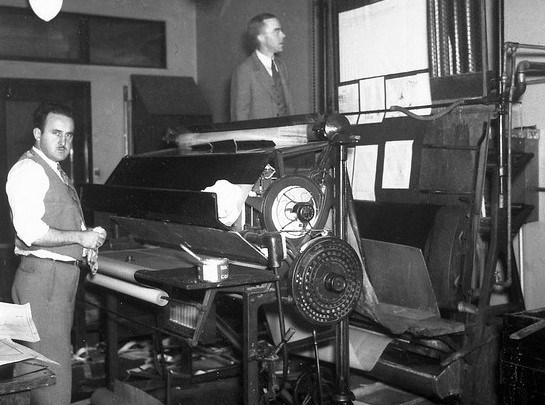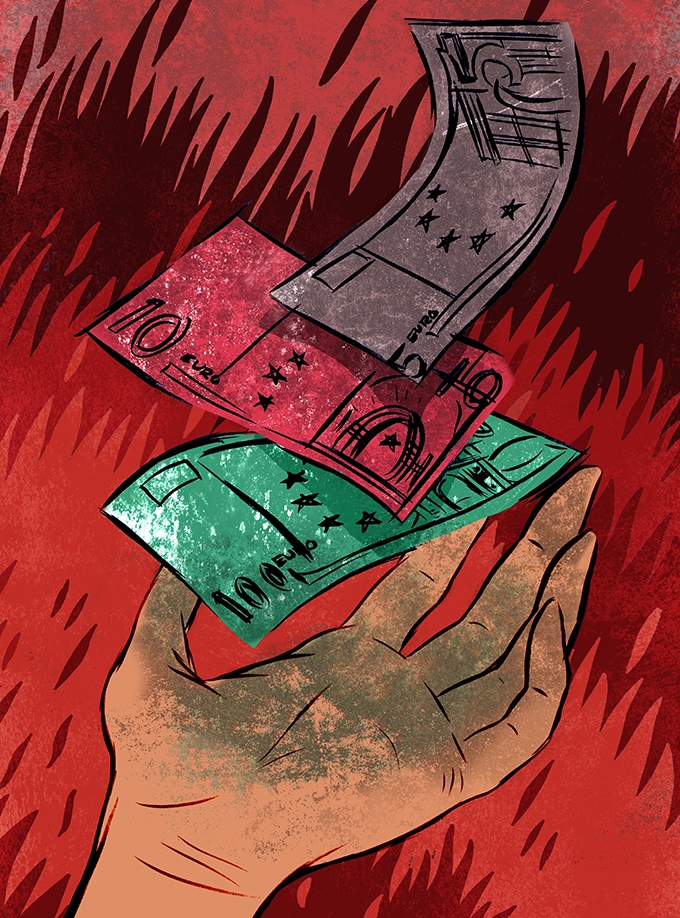
I like sharing my budgets and expenses because people are very interested in what others do with money. Last October I wrote about my planned monthly spending, but I never got around to figuring out how well I stick to those numbers. (My work situation and income have also changed since then.) In November I listed which charities I donate to, and how much each of them gets. In some ways this follow-up post is an accountability exercise.
This is how much money I spent in January, and what I spent it on:
- Rent + utilities: $700
- Groceries: $322.77
- Gas + transportation: $77.37
- Cafe outings: $44.02 (spread over eight occasions)
- Website expenses: $23.74 (probably tax-deductible)
- Advertising: $51.78 (probably tax-deductible)
- Media, books, and games: $164.19
- Charity: $158 (definitely tax-deductible)
The total sum is $1,541.87. If you include the money I owe to my parents for health insurance, car insurance, cell phone service, internet, and Netflix, that adds another $463, bringing the total to $2,004.87. I typically reimburse my parents in periodic chunks rather than steadily each month — I should set up an automatic system. And I need to do something similar for savings. Right now I’m just letting extra money pile up in my checking account.
Caveats to keep in mind:
- I live in a part of the Bay Area that’s less desirable than San Francisco or Oakland, but my rent is still slightly under-market.
- One month is statistically insignificant and not wholly representative of all the other months.
- My original post factored in expenses that I paid in lump sums (like my Gimlet Media membership); I simply divided the yearly outlay by twelve. In today’s accounting I only recorded money that was actually spent in January.
- Let’s not even talk about taxes right now. Freelance taxes = ceaseless nightmare.




